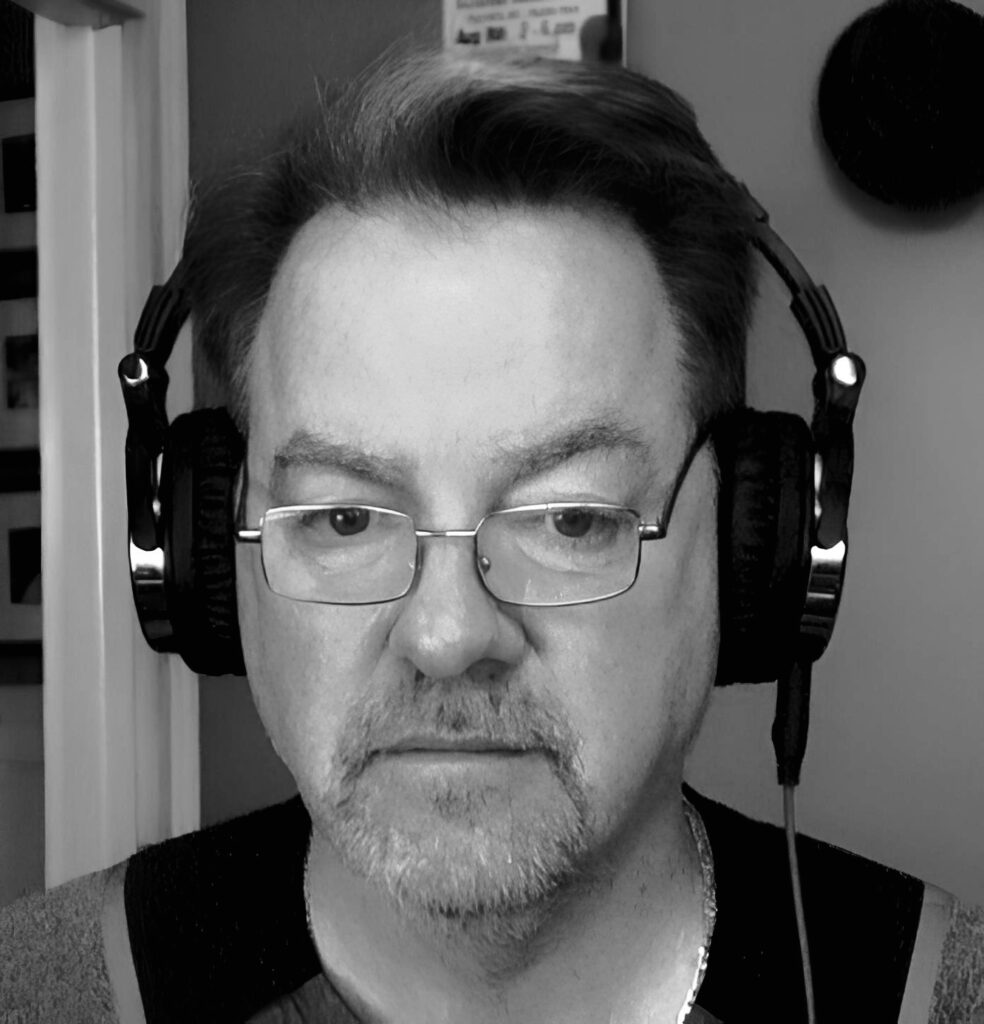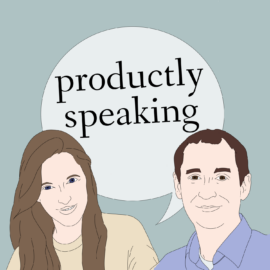In this episode, Karl and Danielle explore the challenge of product market fit with Bob Handlin. They talk about the difficulties that you can have breaking into an existing market and how you really have to understand the end user’s problems to have a chance. They also talk about the importance of primary research, the say/do gap, and how to best decide what’s important when you have limited resources and runway.
Guest Bios

Bob Handlin’s product management career started at Prominet and then had him move into the Systems Storage Group at Sun Microsystems. He was at Sun during the time that Oracle bought Sun and he continued at Oracle for just over 7 years. After Oracle, he moved on to Red Hat where he is a product manager for Red Hat Enterprise Linux covering in-place upgrades, conversions, and live patching. His breadth of experience on industry leading products makes him a valuable asset to Red Hat and brings a unique perspective on product market fit to the table.
Key Points
Call to Action
Let us know what your takeaways were. What comments made you think? What new thoughts did you have listening to the podcast?
Quotes
“We think we’re in the business of trying to figure out what to build, but sometimes we’re in the business of trying to figure out what not to build.”
Bob Handlin
“Startups are particularly vulnerable to this because they conceptualize the ten times faster part, but they don’t necessarily understand that they’re coming into a market space where they’re chasing the tail of an entrenched competitor that they have to now unseat.”
Bob Handlin
“It’s not always a better mousetrap. It has to be better in some way that changes the life of the people that have to use it every day. It’s not even good enough sometimes to just be better for the business.”
Bob Handlin



the importance of conducting primary research to avoid the “say/do gap”. This means talking to real customers and understanding what they actually do, not just what they say they will do. This is critical for developing a product that people will use and pay for.